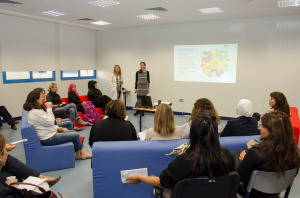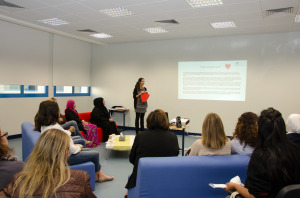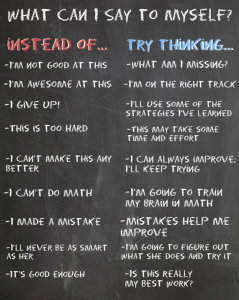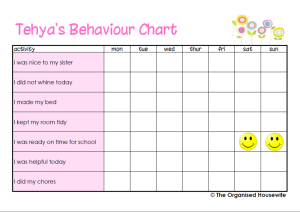I would like to thank everyone who attended our coffee morning and shared their experiences with all of us. I think that this is the best way to learn and know that we are not alone, in this difficult, but enjoyable task of being parents.
For those of you who were unable to attend, listed below are the points we discussed about how to help our children improve their self esteem.
Self esteem is how we see ourselves. It´s not something that we are born with, it is something that we learn from the environment we grow up in.
How can we help our children to build their self esteem?
Set a good example: Children learn by what they see and hear, watch your words and actions.
Be encouraging: Encourage your child to try new things and to keep trying, even when they struggle or fa il.
il.
Be a good communicator: Talk in a positive way with your child, not to your child. Listen to them attentively and keep lines of communication open. Value their thoughts, even if you do not always agree.
Discipline with love: Separate the child from the action and punish the action not the person.
Help them to set realistic goals: Write it down and your child to follow them.
Energise your child with a healthy lifestyle: Exercise daily, eat healthy and get sufficient sleep.
Allow your child to make mistakes: When your child fails, support them and discuss the lessons learnt and ways to improve the next time.
Spend time with your child: Acknowledge their effort. Give support even if you don´t agree with their choices.
It is never too late to star building self-esteem. START TODAY.





Recent Comments